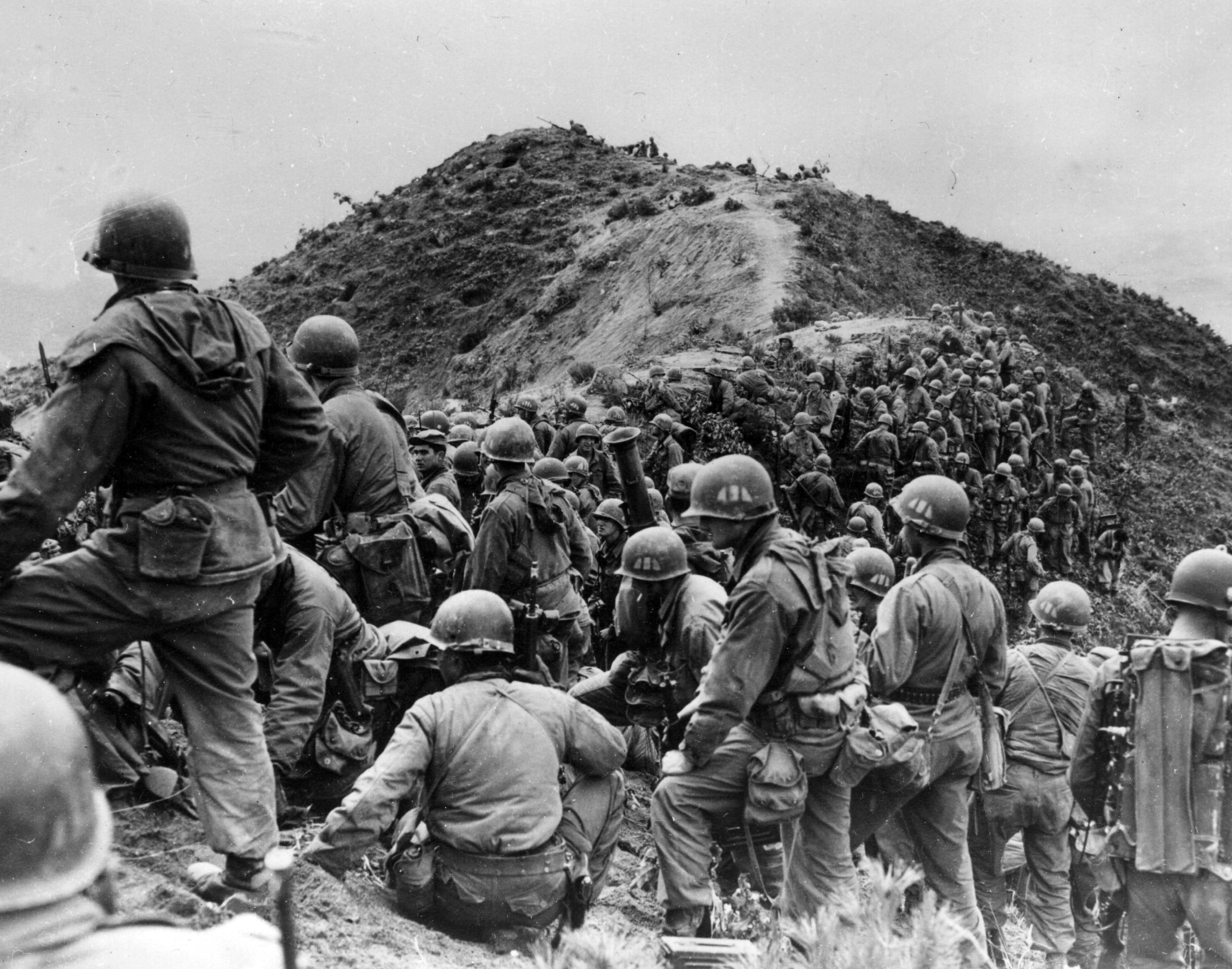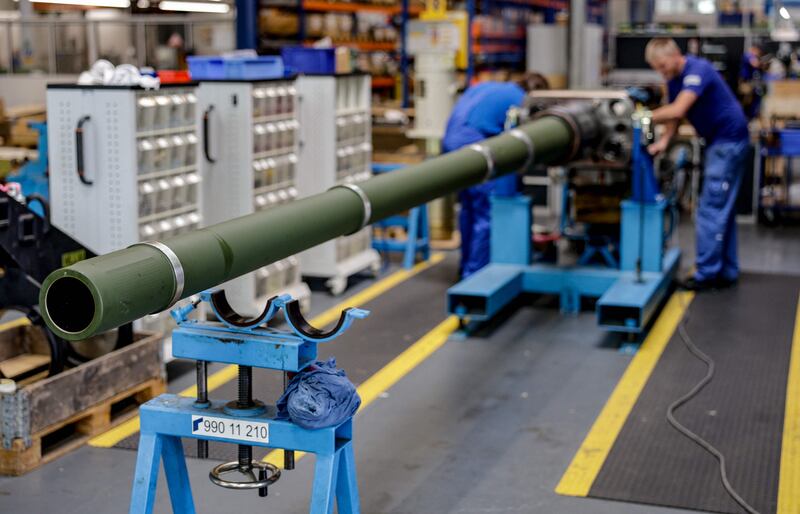The annual Shangri-La Dialogue in Singapore usually produces headlines, as befits one of the Asia-Pacific’s most important security conferences with high-level attendees from around the globe. This year it also yielded a surprise, in the form of a peace plan for Ukraine. It was put forward by Indonesian Defence Minister Prabowo Subianto, who appears not to have mentioned it in advance to President Joko Widodo. “That's from Pak Prabowo himself,” Mr Widodo said on Tuesday. “Maybe I will send the invitation today or tomorrow to ask for an explanation of what the Defence Minister said.”
That aside, Mr Prabowo’s proposal deserves attention, not least as he is a substantial figure who is well-known throughout the region: a former special forces general who has run for the presidency twice and is viewed as the candidate to beat, thus far, in next year’s election.
His four-point plan calls for a ceasefire, with both sides withdrawing 15 kilometres from their current frontlines in order to establish a demilitarised zone, UN peacekeepers enforcing the truce and the UN then leading referendums in “disputed territories”.
Predictably enough, the plan was immediately rebuffed by Ukrainian Defence Minister Oleksii Reznikov, and the EU high representative for foreign policy, Josep Borrell, both of whom were also present. But it was welcomed by Cui Tiankai, China’s former ambassador to the US. And Mr Prabowo’s words will ring true to many in South-East Asia. “We in Asia have our share of conflict and war, maybe more disastrous, more bloody than what has been experienced in Ukraine,” he said. “Ask Vietnam, ask Cambodia, ask Indonesians how many times we’ve been invaded.” Mr Prabowo will have known that bringing a swift end to the conflict would probably be the imperative for most in the region.

They are far from alone. Many believe that after more than a year of fighting, it seems increasingly unlikely that either side can achieve a decisive military victory, not just in the coming months but possibly for years. As Samuel Charap, senior political scientist at the Rand corporation and a former US State Department adviser, writes in a new essay for Foreign Affairs magazine: “The United States and its allies thus face a choice about their future strategy. They could begin to try to steer the war toward a negotiated end in the coming months. Or they could do so years from now. If they decide to wait, the fundamentals of the conflict will likely be the same, but the costs of the war – human, financial and otherwise – will have multiplied.”
Mr Charap suggests an armistice on the lines of the one that brought an end to the Korean War in 1953. That, he writes, “dealt exclusively with the mechanics of maintaining a ceasefire and left all political issues off the table. Although North and South Korea are still technically at war, and both claim the entirety of the peninsula as their sovereign territory, the armistice has largely held. Such an unsatisfactory outcome is the most likely way this war will end”.
This is so close to Mr Prabowo’s proposal as to make no difference. Given that Mr Prabowo made his speech on Saturday and Mr Charap’s essay was published on Monday, there is either something in the air or it is clear that a wide range of security experts from very different backgrounds are coming to similar conclusions.
This is not about letting Russia, or President Vladimir Putin in particular, off the hook. Mr Prabowo made it clear that he did not “equate the invader and invaded”. Mr Charap refers to “the unspeakable horrors of Russian occupation” and accuses Moscow of having “committed an unprovoked act of aggression and horrific war crimes”.
But short of the kind of escalation that could lead to a Third World War – Nato fighting alongside the Ukrainians, or Russia resorting to nuclear weapons – an end to this disastrous conflict does not appear to be anywhere in sight. Russia might be able to sustain its campaign for years to come, while the longer this continues, the more of Ukraine is destroyed and the further its economy will tumble.

The Korean armistice was agreed so long ago that very few will remember it, but at the time it was no victory for the US-led anti-communist forces. What it allowed, though, was for South Korea to emerge as one of the Four Asian Tiger economies and for the country to become a cultural powerhouse whose TV dramas and pop music have extraordinary appeal around the world.
Finding a way to stop hostilities – while leaving political and territorial issues unresolved – would allow Ukraine to recover, and hopefully thrive. In the lecture given by another former US State Department official, Fiona Hill, that I wrote about last week, she suggested India, Kenya and Singapore as countries that had “historical goodwill in multiple regional contexts that might help break common ground” and bring about a ceasefire in Ukraine.
Indonesia is the third-largest democracy in the world and the most populous Muslim state, it was a key founding member of the old non-aligned movement and managed, as chair of the G20 last year, to get all the leaders to agree to a declaration that condemned the war. Jakarta could be very well placed to mediate in the future. Mr Widodo may only have a few months left in office, but Mr Prabowo is sure to be around one way or another whether he wins the presidency next year or not.
His plan merits serious consideration. For principled support for Ukraine’s position will appear hollow if all it does is allow the death and destruction to continue indefinitely.





